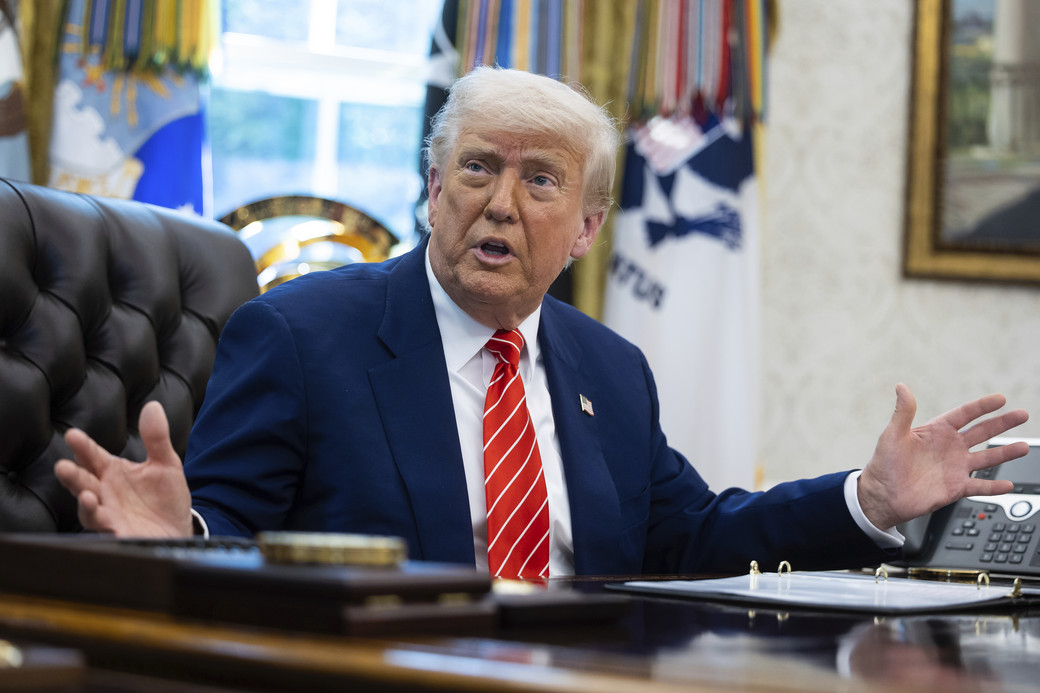Bill includes tax extensions, military spending and cost-cutting measures
Former President Donald Trump succeeded in passing a sweeping 900-page legislative package, which he signed into law by his self-imposed July 4 deadline. Informally referred to as the “One Big Beautiful Bill,” the legislation incorporates significant elements of his proposed second-term agenda, including tax reforms and funding priorities.
Key provisions in the bill include making the 2017 tax cuts permanent, eliminating taxes on tips and overtime, and increasing funding for immigration enforcement and the military. However, to offset the cost, the bill also introduces budget reductions that may result in millions losing access to food assistance and healthcare programs.
Public perception hinges on communication of benefits and trade-offs
While proponents argue that the bill supports working families and taxpayers, the Congressional Budget Office projects it will add $3.4 trillion to the federal deficit over the next decade. Analysts also note that the economic benefits will not be evenly distributed: higher-income earners are expected to gain the most, while low-income households may be negatively affected.
Some advisers believe that if individual provisions are better explained, public opinion could shift favorably. However, opponents are already launching ad campaigns targeting what they view as harmful aspects of the law. These efforts are expected to play a significant role in the upcoming midterm election campaigns.
Trump has indicated he will promote the law in public appearances, although he also stated that the response so far has been so positive that additional campaigning may not be necessary.







